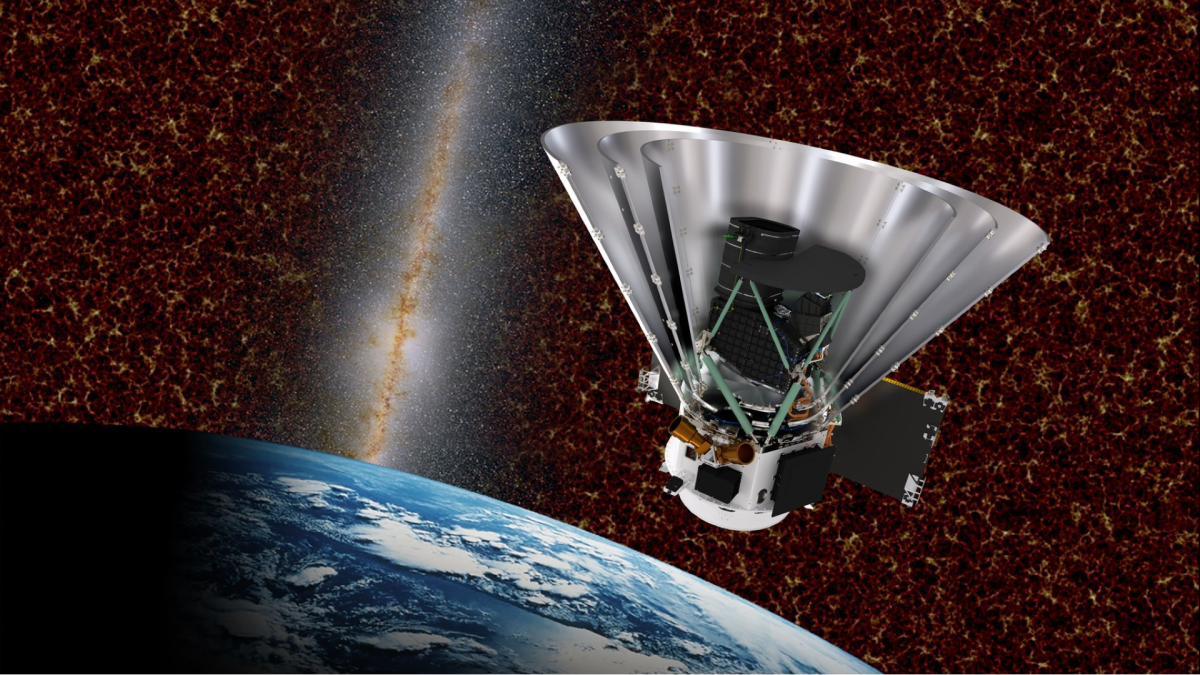Sign up for CNN’s Wonder Theory science newsletter. Explore the universe with news on fascinating discoveries, scientific advancements and more.
The Blue Ghost lunar lander has captured its first images of the moon from the spacecraft’s orbit around Earth, the Texas-based company Firefly Aerospace announced this week.
The two images — which the company posted Monday on the social media platform X — features a view of the moon from the top deck of the 6.6-foot-tall (2-meter-tall) lunar lander as well as a snapshot of the celestial orb on its own.
As the spacecraft continues its journey to the moon, with an expected landing date of March 2, Firefly plans to provide regular mission updates, the company said.
The private US spacecraft has also been capturing images and videos of our planet, including footage of Earth eclipsing the sun, that shows the spacecraft submerged in brief darkness as the Earth blocks nearly all of the sun’s light. On Friday, Firefly released footage that Blue Ghost took of Earth eclipsing the moon as the spacecraft traveled in orbit.
“Firefly’s first Moon and Blue Marble images captured by our Blue Ghost lunar lander embodies everything this bold, unstoppable team has worked so hard for over the last three years. And we’re just getting started,” said Will Coogan, Firefly’s Blue Ghost chief engineer, in an email.
Blue Ghost has been orbiting Earth since January 15, when the lander hitched a ride on a SpaceX Falcon 9 rocket. The lunar spacecraft is expected to leave Earth’s orbit in about one week, embarking on a four-day journey to the moon. Blue Ghost will orbit our celestial neighbor for 16 days before attempting a descent to the lunar surface.
“Blue Ghost is a third of its way to the Moon, and we expect to capture even more breathtaking imagery,” Coogan said. “Most importantly, we’ll be capturing critical science data for our NASA customers all along the way that will pave the way for a lasting lunar presence and unlock exploration further into our solar system.”
Among the images that Blue Ghost shared was its own version of the famous "Blue Marble" photo of Earth. - Firefly Aerospace
The lander carries 10 NASA science and technology instruments aboard as part of the space agency’s Commercial Lunar Payload Services, or CLPS, initiative, that will collect and send back data on the moon. CLPS is part of NASA’s broader Artemis program, which aims to land astronauts on the moon for the first time in more than 50 years.
So far, all NASA technology aboard is “healthy” and operating as expected, the NASA Artemis blog announced on Monday.
Firefly CEO Jason Kim previously told CNN that he is excited about sharing images and footage that Blue Ghost captures.
“There’s a phenomenon called the lunar horizon glow (scattered light caused by floating electrostatic particles) that only the Apollo 15 and 17 astronauts have seen with their eyes,” Kim said. “We’re going to be able to capture that in 4K-by-4K high-definition video and share that with the rest of the world.”
Blue Ghost took its first photos of the moon from the spacecraft's orbit around Earth. - Firefly Aerospace
The company plans to capture HD imagery of a total lunar eclipse from the moon when Earth will move directly between our neighbor and the sun as it travels along its orbital path. On Earth, those in the path of totality will see the moon passing completely into Earth’s shadow, causing the moon to take on a reddish hue. It will be visible between March 13-14 for Western Europe, parts of Asia, parts of Australia, western Africa, North and South America, and Antarctica.
If all goes well, Blue Ghost will land on the far eastern edge of the moon’s near side by Mons Latreille, an ancient volcanic feature in a more than 300-mile-wide (483-kilometer) basin called Mare Crisium, or “Sea of Crises.” The lander will then perform surface operations for one lunar day (about 14 Earth days) before it faces lunar nighttime, where the period of darkness and cold temperatures are expected to cause the spacecraft to cease operations.
For more CNN news and newsletters create an account at CNN.com

 German (DE)
German (DE)  English (US)
English (US)  Spanish (ES)
Spanish (ES)  French (FR)
French (FR)  Hindi (IN)
Hindi (IN)  Italian (IT)
Italian (IT)  Russian (RU)
Russian (RU)  20 hours ago
20 hours ago


























Comments